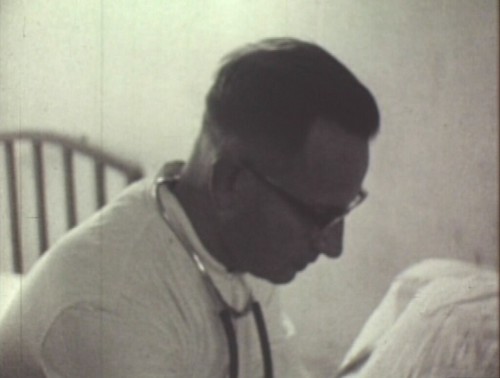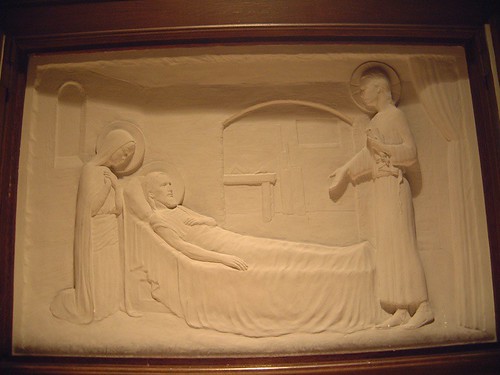When I lived in Chicago, lots of people I knew would visit the city. I was invariably asked the same question: "what's a good hotel at which I can stay?" I always had to answer the same way, "I have no idea. I live in Chicago, so I never stay in hotels here." The same is true in Rome. If you want to know a good hotel in Rome, don't ask someone who lives there, ask people who have traveled there.
Even so, I do usually ask people where they stay when they come to Rome--more the neighborhood than the particular hotel. I find that the Americans tend to be in one of two places. The first is up by the Spanish Steps or perhaps near the Via Veneto (which is where the American Embassy is located). This is a very nice place to stay. There are some beautiful neighborhoods and streets, and you are very close to the center of Rome and to the Metro line. The second is over by Termini Station, near Vittorio Emanuele park, which is about the closest Rome gets to a "Chinatown". My impression is that it tends to be cheaper, but the neighborhood is perfectly fine otherwise, although not as scenic as the Piazza di Spagna, and it is more on the outskirts of the tourist areas.
To give you a better idea when you are choosing a hotel, below is a map of Rome. The dark area in the center is where you will spend most of your tourist time, particularly
east of the river. With a few major exceptions (such as St. Paul Outside the Walls or the Catacombs), you won't need to go outside this area, especially if it is your first time in Rome. Therefore, I would recommend that when you are booking a hotel, see how close it is to this area. The more in the center of this area it is, the more convenient it will be for you while touring the major sites of Rome. Also, just about anywhere in this area will be fairly safe to stay. Rome is a large, urban city with all the risks of crime that come with that, but other than pickpockets and Gypsies, the tourist area is fairly safe.

When people think of places to stay, they normally think of hotels. But there are two other options to consider. The first is an apartment. There are lots of apartments in Rome that you can rent out. The advantage of this is that they often have a kitchen. Dining in Roman restaurants is a bit expensive, unless all you want is pizza. Some of these apartments have multiple rooms, so if you are a large family or a group of several couples, an apartment may be a most cost-effective option. It also has the advantage of being more in the city, giving a better sense of how the people here actually live.
If you are a pilgrim to Rome, and coming largely out of religious motivations, I would also recommend staying in a convent. There are quite a number of sisters' convents that rent out part of their space for tourists and pilgrims. The rooms tend to be much less expensive than other places. The rooms are usually very simple, but very clean, and many often provide a simple breakfast. For pilgrims, the convents will almost always have a chapel where you can pray. Take note, however, that many do have a curfew, so if you are planning lots of late nights out, make sure you know when they lock up for the night. There is a website called
Monastery Stays that lists a number of these, although I do not know first hand the accuracy of the site. (UPDATE: There is also a
Booking Monastery website. Again, I can't confirm the accuracy of the website, so use prudent judgment.)
Just keep in mind that the Italian sense of comfort is rather different than ours. I find Italian beds much firmer than American beds. Romans are also used to living in much smaller spaces, so do not expect some grand, large room, and certainly not a spacious bathroom!
Speaking of bathrooms, two quick notes. In most hotels there will be a cord hanging from the wall inside the shower. Whatever you do,
do not pull it unless it's an emergency. It is an uncharacteristic Italian attempt at safety, and it signals an alarm in case you fall or something. Second, that extra bathroom fixture on the floor next to the toilet is
not a drinking fountain for very short people.





























-large.jpg)




